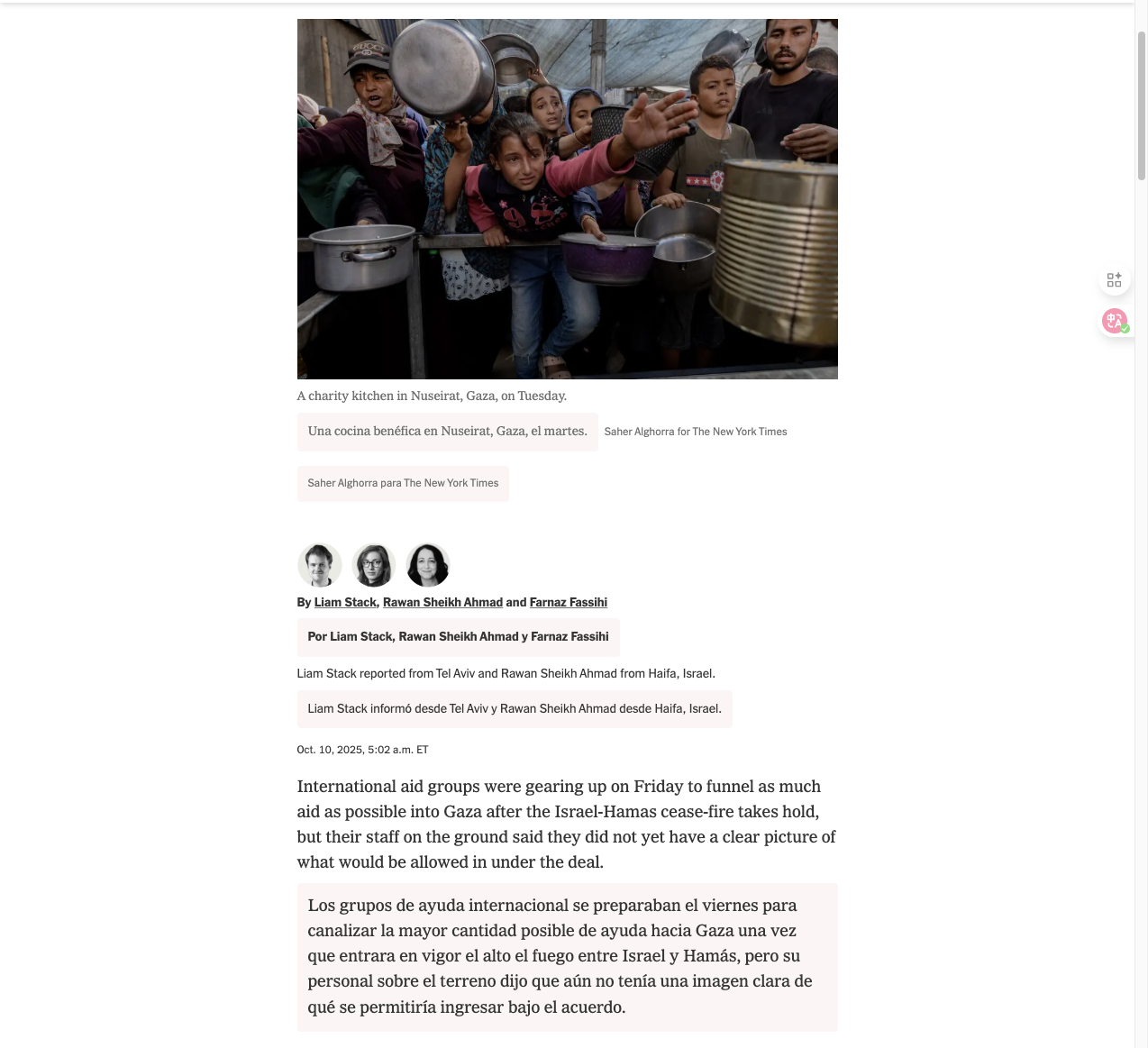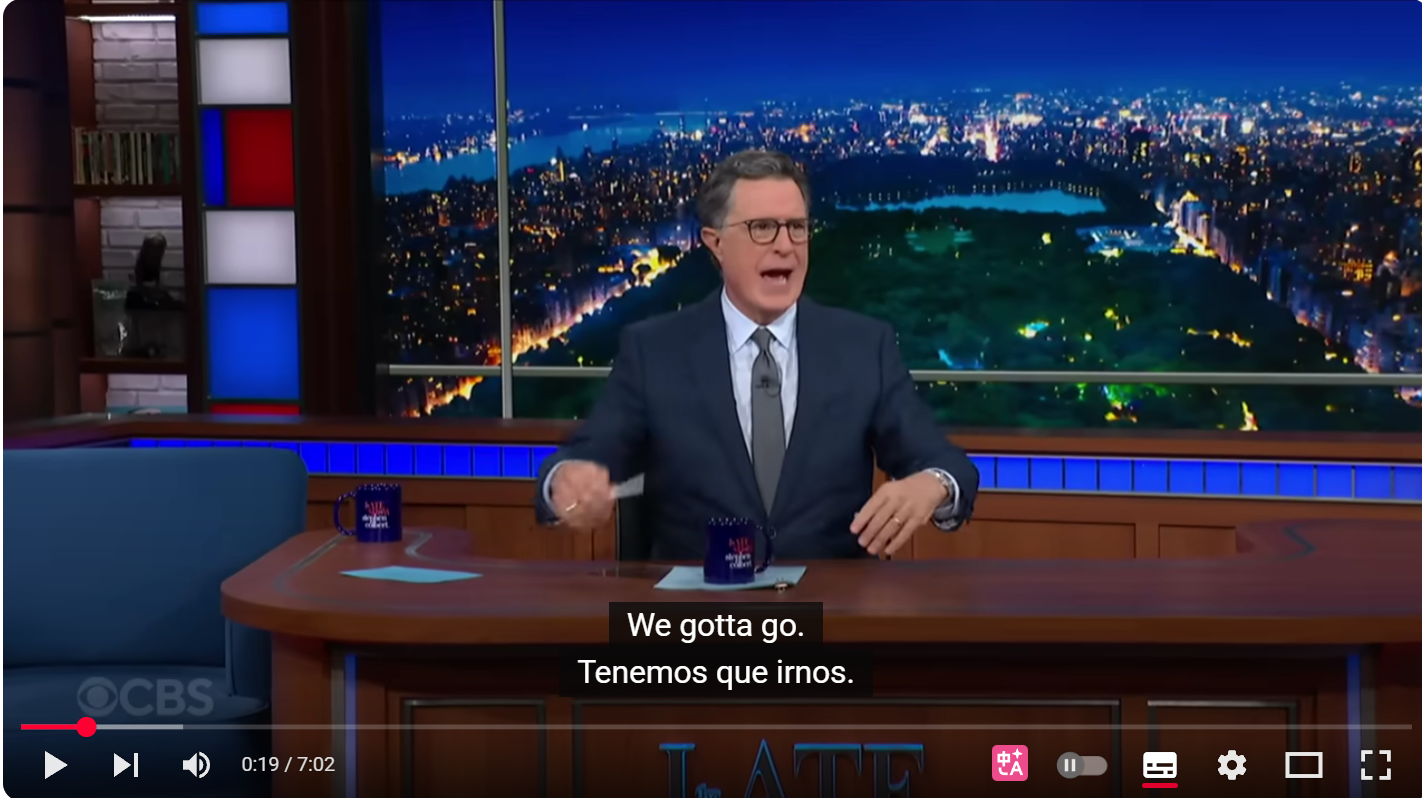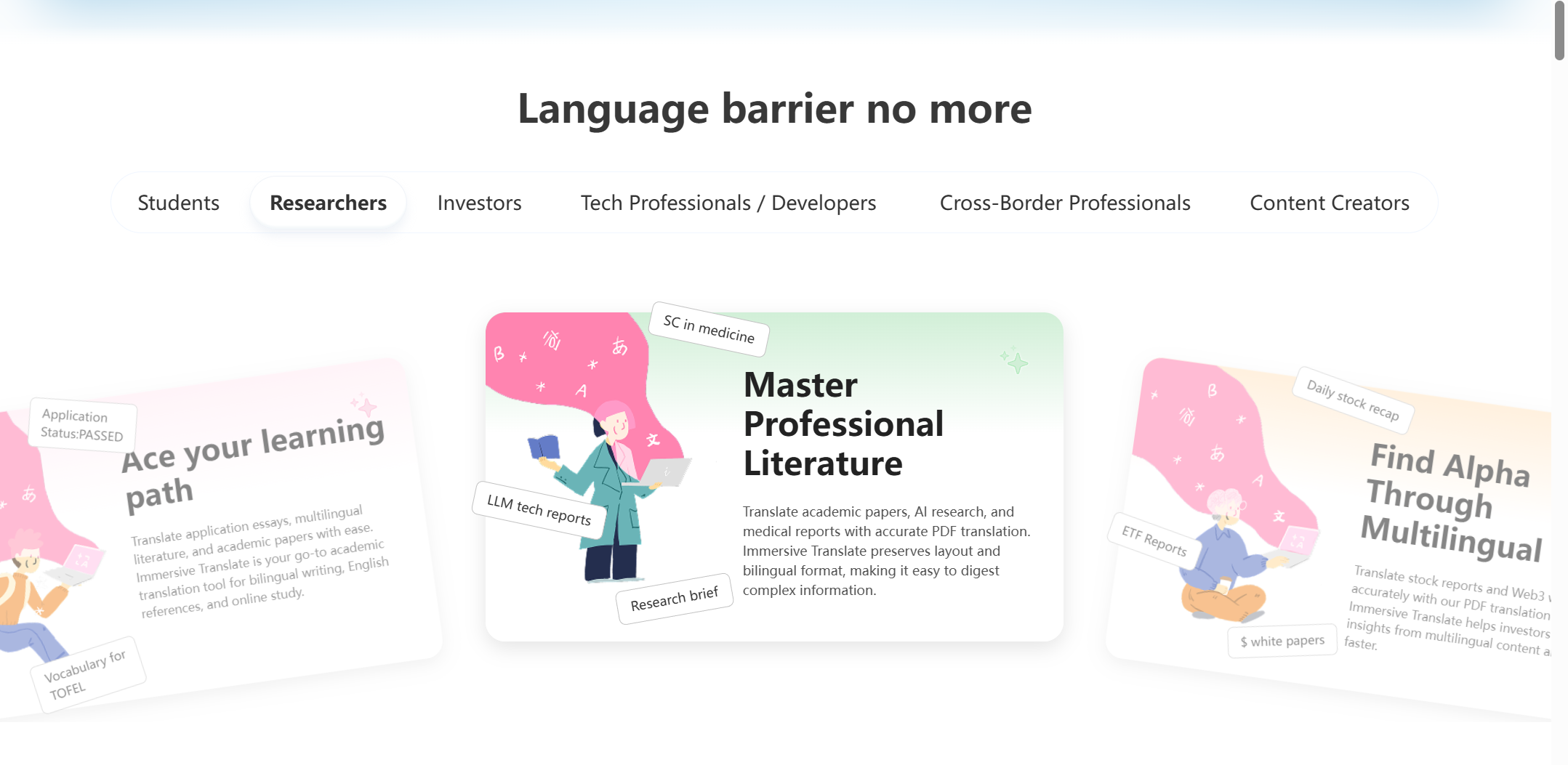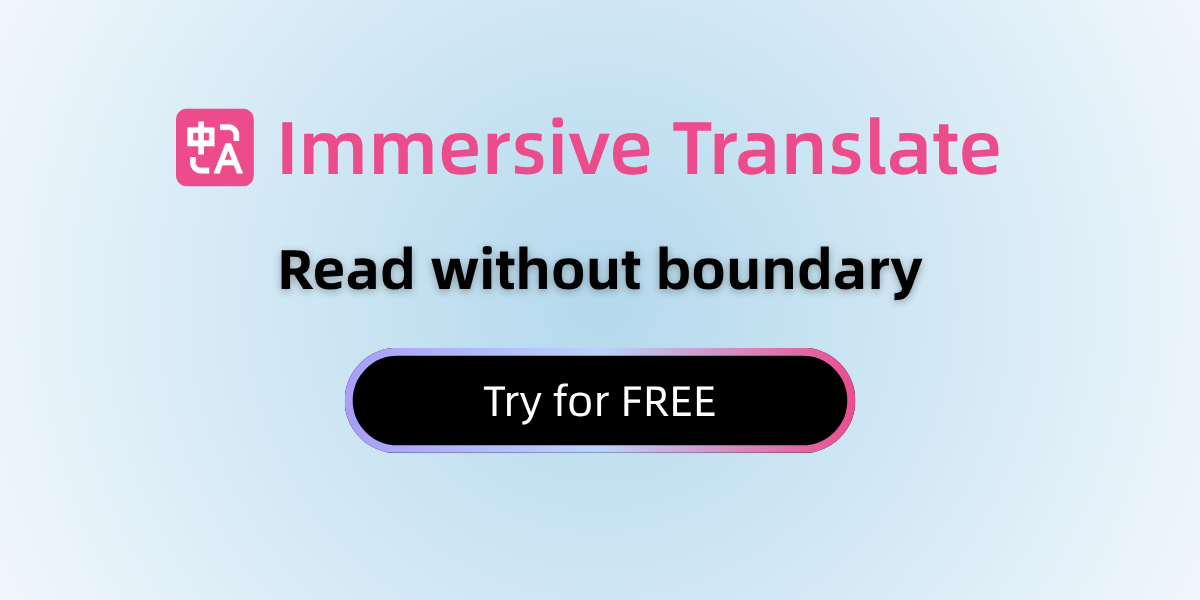Level Up Your Language Skills: Moving Beyond Simple Google Translate English to Spanish Text
The internet has shattered geographical and linguistic barriers, yet for many, language remains a stubborn filter, blocking access to a vast portion of global knowledge, entertainment, and commerce. For years, the default solution to this problem—whether you needed a quick phrase or a rough understanding of a foreign website—has been Google Translate. Its ability to instantly convert English to Spanish text, or any of its supported languages, is undeniably revolutionary, a cornerstone of the modern web.

However, as the information age matures, so too do the demands placed upon our digital tools. The basic copy-and-paste interface, designed for translating isolated sentences, is increasingly inadequate for a world where we consume full-length academic papers, binge-watch foreign dramas with subtitles, and engage in real-time professional discussions across continents. The limitations of traditional machine translation often result in a fragmented, frustrating, and inefficient experience, particularly when dealing with large volumes of complex, contextual content.
It’s time to move beyond the simple text box. A new generation of AI-powered tools has emerged, offering a fundamentally different, integrated, and genuinely 'immersive' approach to multilingual content consumption. This article explores why your current reliance on basic translation methods might be holding you back and introduces an alternative that is redefining digital fluency.
The Enduring Legacy and Inevitable Limits of Google Translate
Google Translate remains an incredible technological achievement, a free and powerful resource that has democratized basic communication.
The Unquestionable Strengths
Instant Accessibility: It is ubiquitous. Whether through the search bar, a dedicated app, or a web page widget, it provides near-instant conversion for simple tasks, making it the fastest choice for immediate, low-stakes translation needs. A tourist needing to read a sign or a student checking a single word’s meaning will always find value here.
Breadth and Scalability: Google's massive data reserves ensure coverage for a huge range of languages, often including less common pairs, and the service can handle enormous volumes of individual queries quickly.
Core Accuracy (for simple text): For translating isolated, straightforward English to Spanish text—especially common phrases or declarative sentences—the Neural Machine Translation (NMT) models are highly accurate and reliable.
The Growing Weaknesses in a Complex World
The simplicity of Google Translate is also its greatest limitation when facing the modern web’s complexity:
Context Collapse: NMT models are generally trained on sentence pairs. When you paste an entire paragraph or article, the translation engine can lose the thread of long-form discourse, failing to carry context and nuances across sentence boundaries. This leads to awkward phrasing, inconsistent terminology, and a loss of the original author's voice.
The Reading Barrier: Google Translate’s interface is fundamentally a transactional one: source in, translation out. To use it for reading a full article, you must constantly copy chunks of text, paste them, read the translation, and then mentally compare it to the original text displayed elsewhere. This fragmented workflow destroys reading momentum and makes it incredibly difficult for serious language learners to absorb the source language naturally.
Inflexible Content Handling: It handles raw text well, but falls short when dealing with content that lives inside complex formats. Translating a PDF often means stripping away all formatting; translating a video requires separate, manual effort; and translating text embedded in images is a cumbersome multi-step process. The solution is rarely integrated into the content itself.
A Single Opinion: You are locked into Google’s translation model. While it’s generally excellent, different AI engines excel in different domains (DeepL for nuance, specific LLMs for technical accuracy). Relying on one source means accepting an unavoidable ceiling on translation quality for specialized content.
For high-stakes, high-volume, or deep-engagement use cases, the simple utility of translating English to Spanish text with Google Translate is simply not enough. It’s a foundational tool, but not the ultimate solution.
The Revolution in Fluency: Why Immersive Translate is the Future
If Google Translate is the text box, Immersive Translate is the seamless window, providing integrated, contextual access to multilingual content. It’s designed not just to give you the meaning of foreign words, but to enable an elegant, immersive bilingual reading and learning experience.
Immersive Translate acts as a sophisticated layer over the existing web and your local files, providing a side-by-side, paragraph-by-paragraph translation that is designed to minimize cognitive load and maximize contextual understanding.
Core Features: A Suite of Integrated Tools
Immersive Translate consolidates multiple specialized tools into a single, unified platform, focusing on five key areas:
1. The Power of Immersive Web Translation
The primary function transforms any foreign language web page into a comfortable, bilingual reading environment.

Paragraph-Level Integration and Usage: It intelligently identifies the logical units (paragraphs) of an article and inserts the translation immediately below the source text. This parallel reading view is crucial for reading flow and retention, allowing you to instantly glance at the target text without losing your place in the original. To use it, simply install the extension and click the translate button on any foreign-language page; the layout instantly switches.
Hover Translation: For quicker checks, You can press the Ctrl key and hover your mouse over a paragraph and the corresponding translation instantly appears, offering a non-intrusive way to check comprehension without translating the whole page.
Web Input Box Translation: It includes a feature that lets you type in your native language (e.g., English) into a web form, and with a simple triple-space, it is instantly converted to your target language (e.g., Spanish) before submission. This is perfect for real-time multilingual searches or conversing on international forums.
2. Advanced Document Handling (The Translator for Professionals)
Beyond web pages, Immersive Translate is a champion for handling diverse document formats, a necessity for professionals and academics:

PDF and EPUB Translation and Usage: It supports direct translation of PDFs, EPUBs, DOCX, and more. Crucially, it uses advanced technology to translate the content while preserving the original formatting, including complex elements like tables, charts, and equations. This is invaluable when translating technical manuals, legal documents, or academic papers where the visual layout is part of the information. To use this, you upload your local file through the extension or website interface and download the translated document while preserving its original structure.
3. Video Subtitle Revolution
Immersive Translate brings the dual-language reading experience to video platforms:

Real-Time Dual Subtitles and Usage: It automatically generates and displays bilingual subtitles for videos on over 100 platforms, including YouTube and Netflix. This feature overlays the original language subtitles alongside the translated subtitles (e.g., English and Spanish), turning passive viewing into an active language immersion activity. To use this, you open a supported video, enable the platform's native subtitles (if available), and then toggle on the "Auto-enable bilingual subtitles" option in the Immersive Translate player panel.
AI Subtitles: For videos without existing closed captions, the tool can intelligently recognize the spoken audio and automatically generate bilingual subtitles, making previously inaccessible foreign-language content usable.
Online Meeting Translation: This feature extends to provide real-time translation for meeting captions on platforms like Zoom and Google Meet, enabling seamless participation in international calls.
4. Specialized Media Translation
The tool also targets niche but highly demanding content types:
Image OCR Translation: It allows users to right-click and instantly translate text found within an image on a web page, using sophisticated OCR and inpainting technology to replace the source text with the translation right in the image.
Comic and Manga Translation: It includes dedicated features for translating text within comics, webtoons, and manga, ensuring text bubbles and narrative elements are seamlessly replaced without damaging the artwork, a feature far beyond the scope of a basic Google Translate query.
5. Accuracy Through AI Model Comparison
Perhaps its most powerful feature for quality control: the translation input box is a translation hub.
Model Agnostic Excellence: Immersive Translate supports over a dozen leading translation engines, including Google Translate, DeepL, Microsoft Translator, Gemini, and OpenAI (ChatGPT). Users can configure the tool to use different models, or even better, compare their outputs simultaneously for a single paragraph. This ability to cross-check results ensures the highest level of contextual accuracy, particularly for specialized or difficult texts.
The Immersive Advantage: An Learning Edge
Choosing Immersive Translate is an investment in efficiency and quality, offering tangible benefits that simple translation cannot match.
The advantages of choosing Immersive Translate over a basic tool are centered on three pillars: Context and Flow, Accuracy and Quality, and Format Integration.
First, in terms of Context and Flow, Immersive Translate’s core benefit is its unparalleled ability to keep the reading experience fluid. The translation maintains paragraph continuity, meaning the source and target texts are interwoven directly on the page. This leads to an Increased Reading Speed and Comprehension, as the brain can effortlessly track the meaning without the disruptive "context switching" required by separate translation windows.
Second, when it comes to Accuracy and Quality, Immersive Translate provides a significant leap forward. It grants access to multiple cutting-edge AI engines (such as DeepL, Gemini, and ChatGPT) and allows for customizable glossaries to lock in specialized terminology. This results in Higher Reliability for Professional and Academic Content, vastly reducing the need for human post-editing of technical or complex texts.
Finally, in Format Integration, the tool offers a Unified Multilingual Workflow. It expertly handles PDFs, video subtitles, images, and comics while preserving original layouts. This eliminates the need for users to stitch together multiple, specialized translation apps and perform tedious manual formatting corrections, saving significant time and frustration.
Who Needs the Immersive Experience?

Students and Researchers: Anyone who consumes academic papers in a foreign language (PDFs, journals) and needs to read quickly while preserving complex document formats.
Global Professionals: Those who deal with international contracts, product documentation, or participate in cross-language virtual meetings and require highly accurate translations of specialized terminology.
Serious Language Learners: Individuals seeking a tool that actively aids in the acquisition of a new language by providing constant, comfortable exposure to dual-language content, especially through video and web reading.
Multilingual Content Consumers: Users who want to binge a foreign series with effortless bilingual subtitles or read the latest social media trends without interruption.
Investors: Immersive Translate helps investors translate stock reports and Web3 whitepapers accurately with our PDF translation tool and extract insights from multilingual content and act faster.
Tech Professionals / Developers: Immersive Translate makes it effortless to translate multilingual API docs, technical blogs, and code comments. It's a must-have tool for developers who work across different languages.
Conclusion: Embracing the Future of Global Content Consumption
While the simple task of translating a short piece of English to Spanish text will always be quick, the modern web demands a tool that can keep pace with complex, high-volume, and varied content. Immersive Translate is that tool.
It shifts the paradigm from simple translation to immersive, bilingual reading. By integrating quality AI from multiple providers, preserving document fidelity, and providing a fluid, side-by-side reading experience across all media—from video subtitles to academic documents—it shatters the remaining linguistic filters on the internet. For anyone serious about consuming global information, conducting international research, or accelerating their language fluency, upgrading to an immersive solution is no longer a luxury—it's a necessity. The world is waiting; it’s time to read it all.
